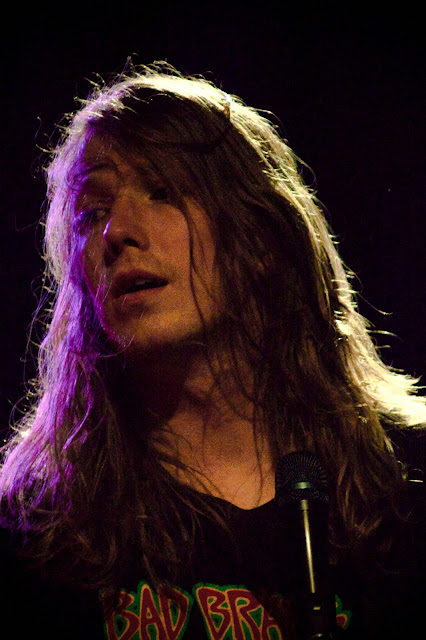[Post 1] - First Post
A video relates to pinhole photography on youtube.
A photo taken by a pinhole camera from internet:
______________________________________________________________________________
[Post 2] - On Two usages of Photography Mentioned in Class
"Into the box" And "Outside the Box" Photography
1. Photography that records, reproduces, represents something else. This kind of photograph exploits the function and advantage of photography. Journalist's photo, tourist's photo, selfie, any kind of photograph that use photography as a tool falls into this category. I like to think of it as the "photography that tells you something".
2. Photography about photography itself. This type of the photograph is conscious about photography as a medium. It is aware of the process, limitation and uniqueness of photography. This type of photography asks the question of "What is photography?""What can photography do?", etc.
______________________________________________________________________________
[Post 3] - Short Descriptions on Given Topics
A photograph I took with normal lens in Rome:
Wide Angle lens has shorter focal length than normal. All cameras
built with IKEA wooden box in our class are wide angle.
It has a wider
angle of view. Visually, wide angle exaggerates the perspective,
"pulling" the closer object closer and bigger, and "pushing" the
background further awaya and smaller. I learnt to utilize wide angle to create interesting leading lines and dramatic contrast between foreground and background mostly in landscape/architecture photography.
A photograph of MAXXI I took with wide angle lens.
A photograph I took with a 300mm in The Vaccines concert in Milwaukee.
______________________________________________________________________________
[Post 4] Presentation: Cindy Sherman
Cindy Sherman uses photography in her work, but she is not a photographer.
Most of Sherman's work is self-portrait. In her studio, she is the photographer, director, actor, subject, and makeup
artist at the same time. Sherman begins shooting with 35mm black and white, then
turn to larger color format. Her photograph does not possess a compositional
consistency. Instead Sherman studies photograph of films, magazine centerfold, fashion
photography.
Untitled Film Still series presents heroins character Italian neoclassical
film or noir film in 1940-60. This series shows how Sherman, as a woman, presents the way male-dominant film industry likes to present woman. By omitting the title, Sherman makes the identity of the character ambiguous. The expression of the character, her eyes, her makeup, clothes, and the background are all controlled to reveal only the minimum about the identity of that character.
In her later series, Sherman discusses femininity with a more straightforward approach. She makes the reference on the composition and style of magazine centerfold and fashion
photography, but slightly off. In this part of her work,
She presents the objectified femininity in mass media. She portrait herself as victim,
superficial blondes, and other female characters that have been the daily consumption
of mass media.
Ji









No comments:
Post a Comment